There’s a funny phenomenon when you walk into a supermarket. Look at the produce section. Look hard. What do you see?
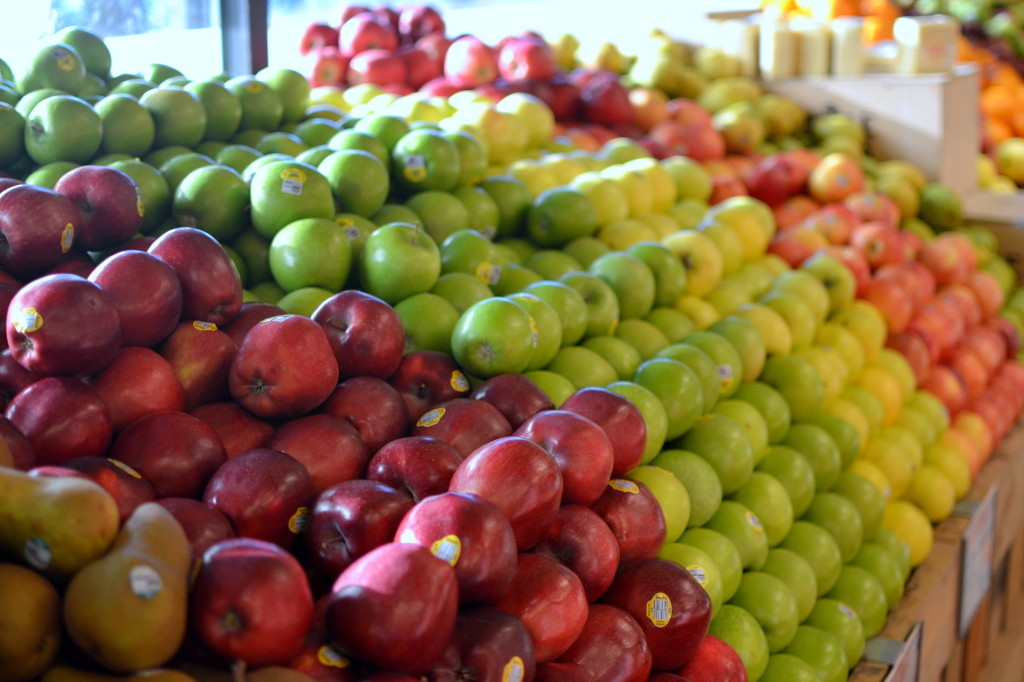
Photo by Dyan Khor
Well, other than the unnaturally shiny apples or the perfectly shaped pears, that is. Take a look at the produce stickers, at where your produce comes from.
You’ll see avocados from Mexico, bananas from Costa Rica, fish from China. And if there are fruit or vegetables that are locally grown, I can almost guarantee that they’re more expensive than the ones that are imported.
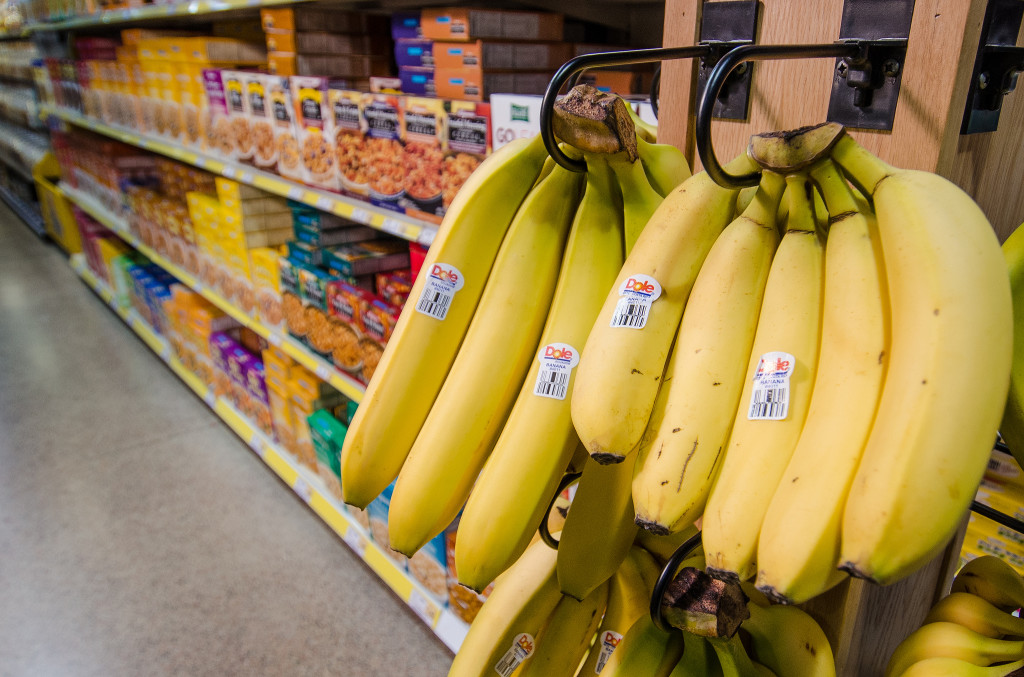
Photo courtesy of the U.S. Department of Agriculture on flickr.com
Kind of messed up, huh?
I ran into this phenomenon in various places. If you’re a budget shopper, you won’t notice, because you’re just putting the cheaper product into your basket. Not that I blame you for that.
But listen to this: at home in California, where we’re literally surrounded by avocado groves, it’s cheaper to buy avocados from Mexico.
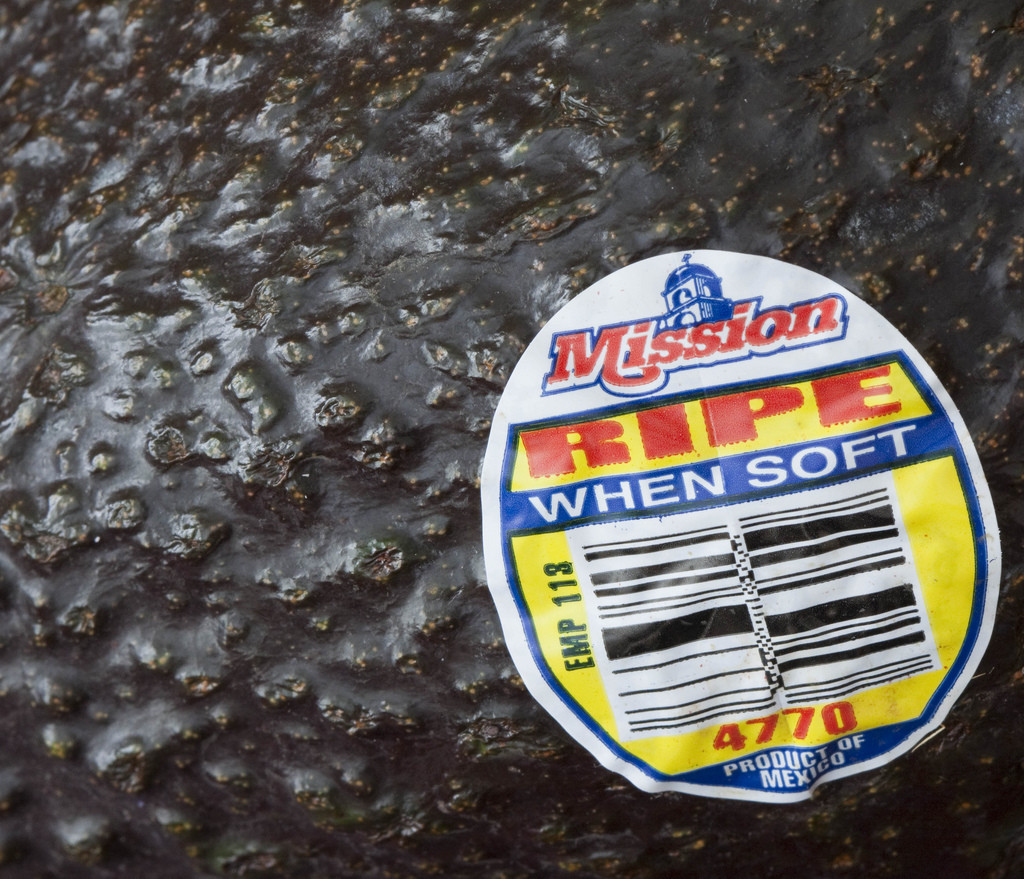
Photo courtesy of Dawn Huzeck on flickr.com
While on vacation in Hawaii, where there are tropical fruits galore, all the cheapest produce was imported. I went on a quest to buy local produce, and found it either unavailable or terribly overpriced.
At school in Boston, I wanted to buy apples in October and found that though there were apple orchards within twenty miles of the city, it was cheaper to buy apples imported from Washington.
Why was this happening? I didn’t understand.
It took the book Animal, Vegetable, Miracle and re-remembering my high school AP Econ class to realize what the problem was. It can be summed up in three little words: economies of scale.
Now for those of you who aren’t econ or business majors, economies of scale is simple. It’s why you buy bulk goods for cheap from Costco instead of smaller goods with a higher price tag from your neighborhood grocery store. Basically, the more of something a manufacturer can produce, the most the cost of production goes down. And for the consumer, that means they have to pay less money.
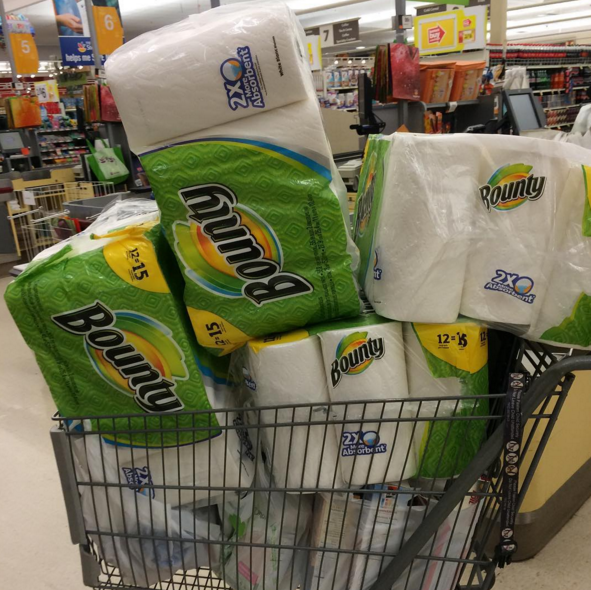
Photo courtesy of @afapracing on Instagram
This is why large companies succeed where small farms struggle. This is why we get produce imported thousands of miles from across the country. Yes, to meet our demand for avocados or watermelon in winter (I’m guilty of this) and pomegranates in summer, but also because it costs less for a large scale manufacturer to grow and sell this produce than a small, local farmer.
Funny, though — the local farmers are the ones that need the money more.
It’s a vicious circle we continually run into: we want to buy local, but we also want to maximize our dollars. So this means buying cheaper produce, but that’s not buying locally. And all the money is going to large manufacturers and supermarkets, not the local farmers. So the local farmers are forced to keep their higher prices in order to make money. But then we don’t buy their product because it’s expensive.
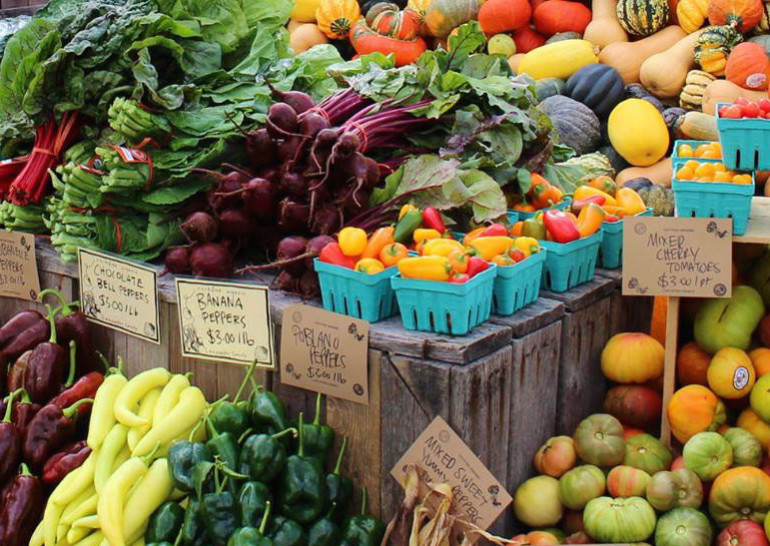
Photo courtesy of lancasterfarmfresh.com
Is this a problem I think I can solve? No, not by myself. Is this a problem I think college students should be aware of? Yes, absolutely.
More and more restaurants are jumping on the local bandwagon, with high-end restaurants highlighting seasonal produce and with popular chains like Sweetgreen showcasing which farms their ingredients came from.
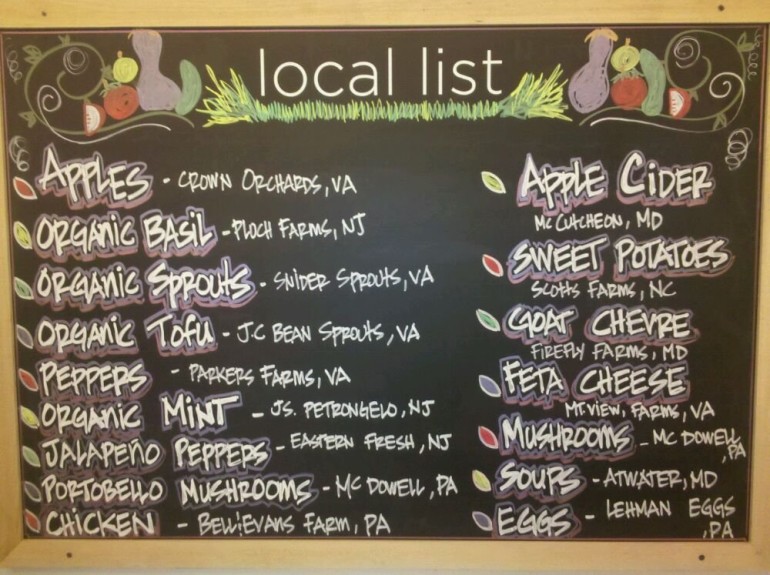
Photo courtesy of Chris C on yelp.com
But change also starts with us, with the choices we make. Yes, you might want watermelon in December. But think about where that watermelon came from and how many miles it traveled to reach you. It likely won’t taste as good as a summer watermelon, grown in the right season.
Eat seasonally, eat locally, eat whole foods. It’s a simple mantra, but one that’s rather difficult to keep up with on a college budget. If you’re anything like me, you live off of those plastic wrapped veggies from Trader Joe’s.
And that’s the whole problem with our food system right now. Yes, it can be fairly easy now to eat healthy for cheap. But if you want to eat socially responsible food, if you want to know where your food comes from and support the people who grow it, then the cost goes up.
But if you have the money to spare, this is where you should spend it. Instead of going out for dinner, why not browse your local farmers’ market and make yourself a feast?
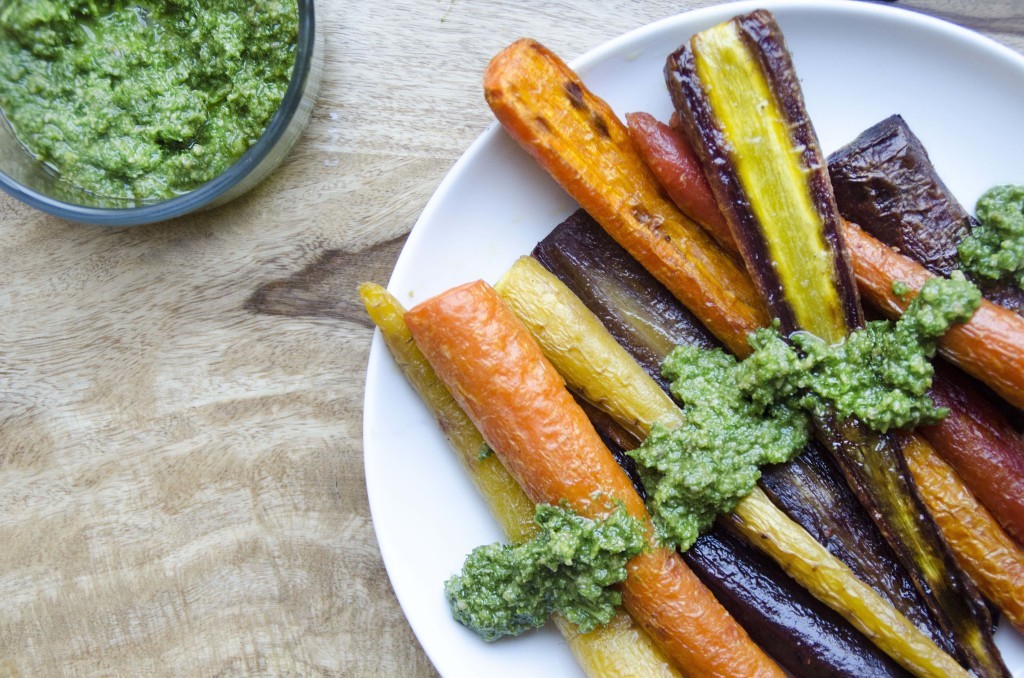
Photo by Becky Hughes
So do it. Find a farmers’ market, make friends with your local farmers, and ask questions. Ask where your food comes from. Educate yourself. Learn. I promise, you won’t be sorry.
You’ll learn more than you thought. At the Boston Public Market, I met a lady who uses solar energy to grow vegetables, even in the dead of winter. Yes, she grew cabbages during our very real Snowpocalypse last winter.
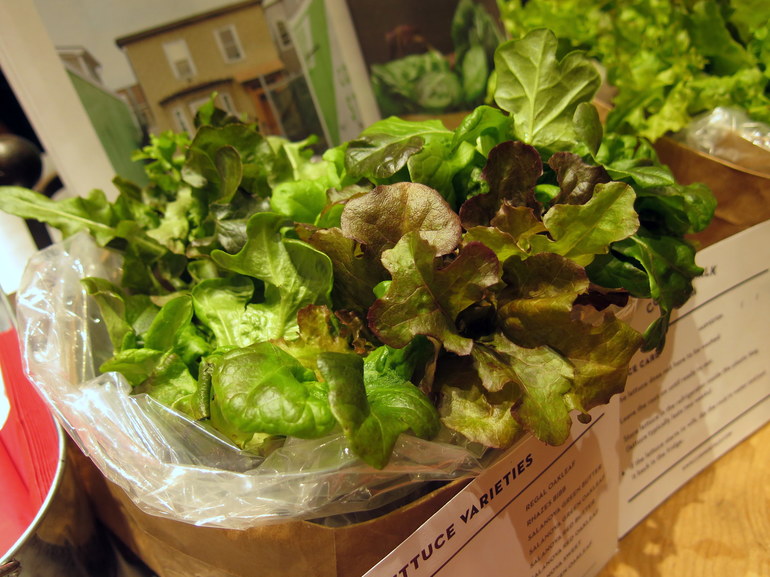
Photo by Dyan Khor
There are people who catch their own seafood, whose chickens run happy and free, who know more about their vegetables than I have ever known about anything in my life. These people are happy to tell you their stories, happy to share with you their expertise, and sometimes, even happy to give you free food.
One vendor insisted I sample his homemade black bean soup (“I need to make sure it’s good!” he proclaimed), and when I tried to buy the ingredients to make it at home myself, he ended up just giving me the ingredients for free.
Experiences like these make me believe that supporting local farmers goes beyond just buying local food. It’s building a community, supporting a community, and investing in that community.
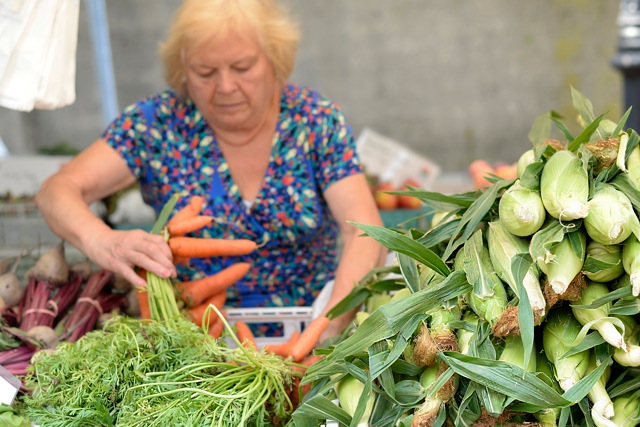
Photo by Laura Palladino
So even though you may pay a little bit more to buy local, you’re really paying for something more than just food — you’re supporting your local farmers, you’re cultivating a relationship with these farmers, and you’re learning more about the community that you live in. And you’ll learn with time that as you build these relationships and learn the secrets of a farmers’ market, you may end up spending far less money than you’d expected.
I challenge you think more about your food. Not only about where it comes from, but the whole process involved in it. From how and where it’s produced, to how it gets to your plate, to who makes the money off the food, to how it nourishes your body, there’s a whole circle of that many of us fail to see. Because food is more than just sustenance. It’s a choice you make and a choice that impacts others.
To find local food near you, check out localharvest.org. To learn about the Real Food Challenge (the movement behind a healthy and fair food system) and how you can get involved, check out their website here.


